Travel Journals
Every burning question about naked cruise ship holidays
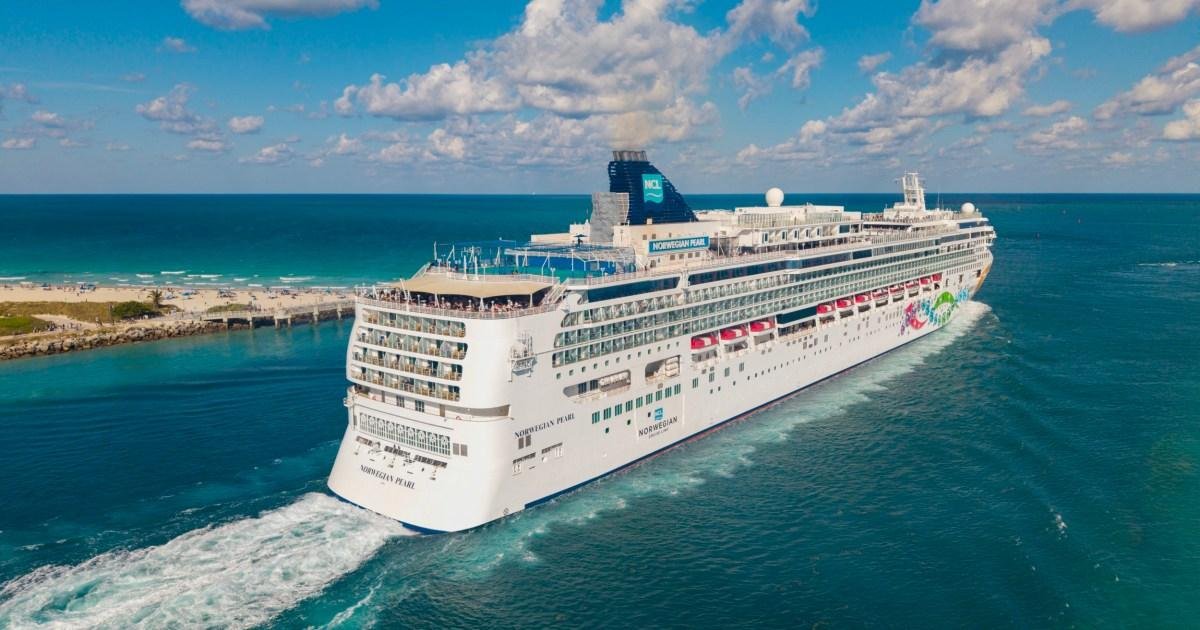
We all want to let our hair down on holiday. But some people are letting everything go, even their underwear.
Nude cruises – or ‘nakations at sea’ – are booming, as a growing number of travellers leave their inhibitions at home.
But, if you’re picturing a sweaty free-for-all on deck, or passengers hooking up left, right and centre, think again.
Travel company Bare Necessities has been taking passengers sans clothing on week-long cruises to the Caribbean and beyond since 1991.
The demand has risen dramatically over the last 30 years. The first-full nude cruise began with a 30-passenger dive boat in the Bahamas, now they operate 2,000 person cruises on huge Vessels ran by top cruise companies like Carnival and Holland America.
And from departure to dock, they’re non-sexual. In fact, naturist cruising comes with its surprisingly strict rules.
Sign up to The Getaway newsletter
Fuel your wanderlust with our curated newsletter of travel deals, guides and inspiration. Sign up here.
Curious? Metro looks at six unexpected things that happen on a nude cruise.
1. Do all passengers have to be nude?
Despite what the name suggests, you’re not actually required to strip off.
While many passengers will be clothes-free while sunbathing, swimming or lounging around, you won’t get booted off for covering up.
Bare Necessities welcomes newcomers, and there’s a casual and accepting vibe.
However, the website does warn that most passengers find themselves more relaxed and withholding less of who they are without the barrier of clothing. Got it.
2. Is clothing ever required?
If you’ve booked a nude cruise, you might be tempted to pack light. But don’t go overboard: you’ll need to bring a few bits along with you.
On Bare Necessities cruises, clothing is required in certain areas. That includes the dining room, where all meals are served.
According to the website, casual attire is fine, but you can’t use bathrobes to cover up.
Passengers must also cover up while docked alongside a port or beside other ships in a port.
When the ship is at sea, or anchored in a port, it’s fine to bare all, unless an announcement has been made to say otherwise.
So, bring a full suitcase (and plenty of sunscreen).
3. Are the staff nude too?
If you’re expecting everyone to be in the buff, you’ll be disappointed.
Staff members, including cruise singers, cleaners, and the Captain, are all clothed, so it’s never a fully nude cruise.
You might be stark naked while ordering a piña colada, but the bartender will be fully dressed.
4. Do cruises even use towels?
One thing you can probably leave behind is a towel.
Cruise operators ask passengers to always sit on a towel if they’re naked, whether it’s on a sun lounger, a bar stool, or eating at the cruise buffet.
Towels are provided as an unofficial naturist dress code throughout the ship. There’ll be fresh beach towels in your room and stacks of smaller towels on board.
5. Everyone’s just having sex, right?
No. At least, not blatantly.
Since there’s nudity involved, many passengers assume things might get a little frisky. But you’re on the wrong cruise if you’re expecting anything like that to happen.
Naturist cruises are different to swingers of Lifestyle cruises, which allow sexual exploration and intimate encounters. (There are plenty of companies that offer this style of cruising, if that’s more up your street).
Sexual behaviour in public spaces is prohibited and will get you kicked off.
Lingerie, fetish-wear and ‘excessive’ genital jewellery are also banned, according to Bare Necessities’ rules. The goal is about body positivity, nothing else.
6. Do the usual cruise activities still take place?
From dance classes to karaoke, pool games, music and excursions, a nude cruise still offers all the classic cruise activities, just minus the clothes.
Although you’ll probably not see any conga lines or line dancing without a single item of clothing on.
When do passengers have to be clothed on a nude cruise?
On Bare Necessities nude cruises, there are a few situations that require clothing, including:
- When locals come aboard smaller charters to perform
- While docked in port
- In the main and specialty dining rooms
- During the Captain’s reception/ introduction
Do you have a story to share?
Get in touch by emailing MetroLifestyleTeam@Metro.co.uk.
MORE: Family forced to hide in their cabin during £8,000 cruise from hell
MORE: Nudist cruise passenger tells all after disembarking £3,000 voyage
MORE: Man who lives on a cruise ship has spent 24 years at sea
Travel Journals
A 1,000-Mile EV Road Trip Across Italy in a Polestar 3
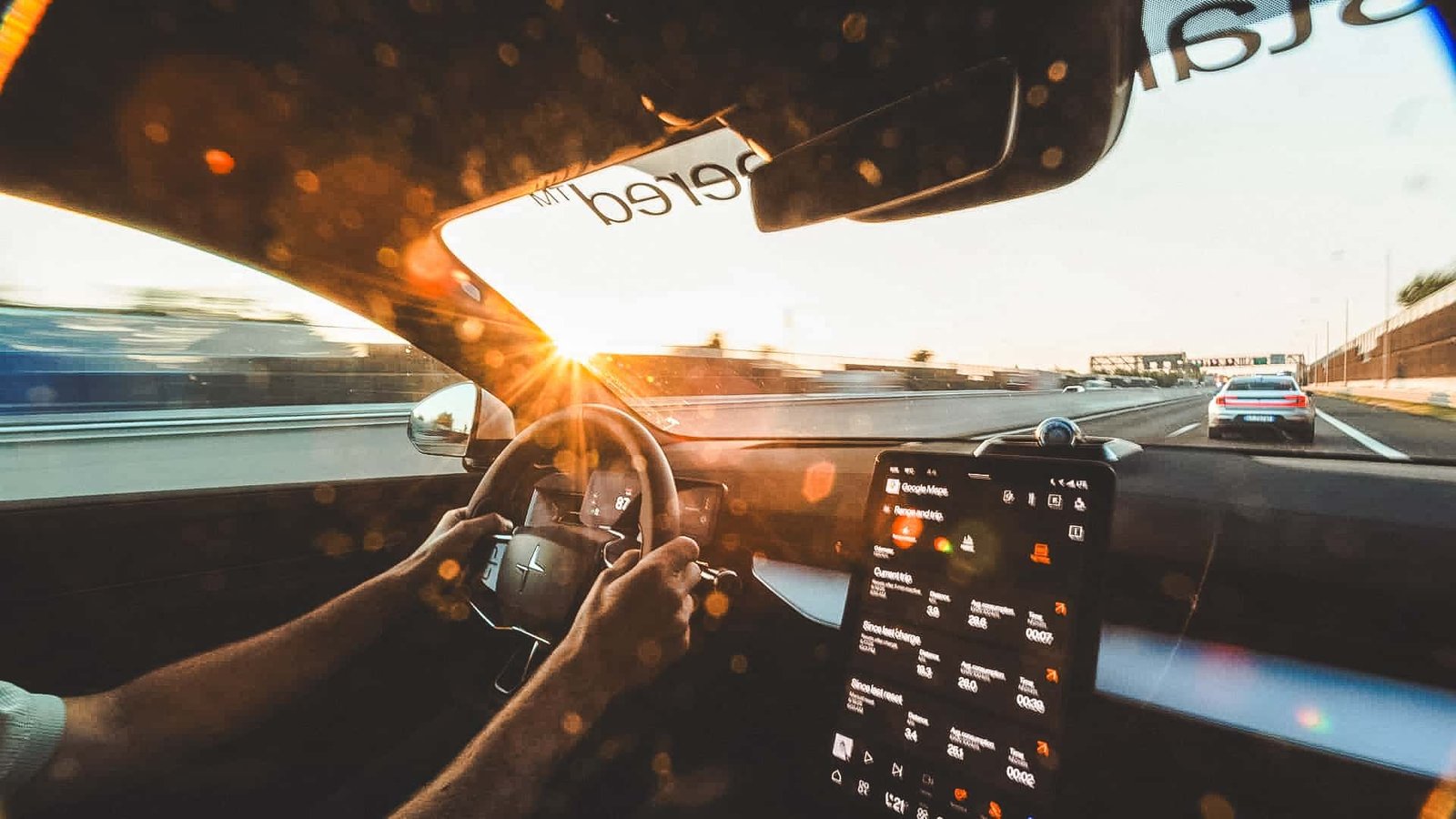
“It’s not quite like the Super Bowl,” said one of the staff members of the 2025 Mille Miglia to my very American question of equivalences. “But it is one of the biggest events in Italy. You will see the crowds.”
I got invited to do what is essentially Italy’s automotive Super Bowl (besides the Italian Grand Prix)—but with a twist. No, I wouldn’t be behind the wheel of some pre-1957 car as rules and tradition stated. Instead, I’d be piloting something unfashionably modern for the EV-only attachment of the iconic Mille: A 2025 Polestar 3, one of just seven official entrants, including five university testbed cars.
Photo by: Chris Rosales / Motor1
If that sounds like cowardice, I tend to agree. We would be in an air-conditioned, power-steeringed comfort, with a nice stereo to boot. Meanwhile, the rest of the brave souls on the rally would struggle against a radiating Italian summer, willing their historic machines to the finish line of the famous Brescia-to-Rome run.
But what I saw was an opportunity to put the proverbial feet to the fire of EV road tripping. Two questions had to be answered: Could you feasibly road trip an EV for an excruciatingly long, 12-plus-hour per day, five-day rally without worrying about charging? More importantly, would it be enjoyable?
For those who aren’t familiar, the Mille Miglia is a historic rally that used to run as an endurance race until 1957, when deaths and safety concerns forced a temporary shutdown. It was reborn as a regulation rally in 1977, which is a race against the clock, but also against a predetermined amount of time. The rally would consist of long point-to-point checkpoint stages that aren’t timed, then various competition stages where hitting an average speed and time was critical.
For example, a stage of 600 meters has to be completed in 24 seconds. Any faster or slower than 24 seconds would result in penalty points—and organizers measure to the hundredth of a second. The biggest challenge of the Mille isn’t these competitive stages, as modern rally computers do most of the average speed work. It’s simply getting to the end in a vintage car. That would not be an issue with our Polestar 3.
Photo by: Chris Rosales / Motor1
Photo by: Chris Rosales / Motor1
Still, my co-driver, Michael Van Runkle, and I were determined to conquer the competitive stages to truly see if an EV was worth road tripping. It would be a test of Italy’s charging infrastructure, the Polestar 3’s range and efficiency, and whether the pleasure of the open road is diminished by the need to charge.
The Mille would start in the northern Italian city of Brescia, head down through Tuscany to Rome, then glide along the east coast of Italy back to Brescia—a route of 1,000 miles, covered over five days.
Each day had its own road book with checkpoints and specific turn-by-turn instructions. Each road book warned us to prepare for 14-hour days of driving, with average stage lengths of 320 kilometers, starting at 5:00 am and ending at 7:00 pm—a far cry from Stirling Moss’s 1955 record of 10 hours, 7 minutes, and 48 seconds for the entire race.
With our liveried Polestar 3, alongside teammates in a Polestar 2 and 4, we departed Brescia with 87 percent charge, facing a 240-kilometer stage. We charged the night before to 100 percent, and lost a fair amount of charge transitioning from the charger to our hotel—a theme that would continue throughout the rally.
Photo by: Chris Rosales / Motor1
Still, with over 340 kilometers of range indicated, range anxiety never quite set in. In fact, it was largely smooth sailing. There was a police escort for most situations, which circumvented practically all traffic laws, and the crowds were genuinely enormous. Alongside our Green rally, the classic rally was the main attraction, as was a Ferrari owner’s run, which was open to new and more recent Ferraris.
Such was the disappointment from the crowds that we were not a group of fire-spitting V-12s; we received a fair amount of disapproval from locals. At our very first checkpoint, a man in the crowd yelled “No sound, no feeling,” into our open window. Thumbs down were the most common gestures directed at our Polestar, right after general indifference. Rock stars, we were not.
The first debacle came after we completed our uneventful kilometers. Our battery was depleted to 38 percent, a great showing for the Polestar. Yet, for all the effort that went into organizing a dedicated EV rally in the greater puzzle of the Mille, nobody seemed to think about the most critical part of driving an EV: Charging.
It may have been in the spirit of the rally to be self-sufficient, yet the first stop in Bologna had just a few high-speed EV chargers. The closest stations only had two stalls at one, and four at another. Chaos ensued, so we drove 20 minutes outside of Bologna to the suburb of Panigale, where a 14-stall charging station sat outside of Ducati’s factory. Crisis averted, but only temporarily.
At our very first checkpoint, a man in the crowd yelled ‘No sound, no feeling,’ into our open window. Thumbs down were the most common gestures directed at our Polestar, right after general indifference. Rock stars, we were not.
For all of the serenity of our days driving across Italy, enjoying Tuscany, Rome, and the many delights Italy had to offer, charging was a constant pain. Every night was a challenge on top of an already long day, leaving little room for rest. By day three, Van Runkle and I were in a sleepless haze of jet lag, struggling with charging after the incredibly long 380-kilometer stage from Bologna to Rome.
Our intermediate stop in Siena halted us for two hours, as everyone crowded around the only available EV chargers in a 50-kilometer radius. We got to Rome late and had to charge the car two kilometers away from the hotel. Day three presented similar horrors, a 346-kilometer run from Rome to Cervia.
While the Polestar 3 was a more than capable road trip partner with plenty of comfort, space, and performance, it was being let down by Italy’s charging infrastructure. Our haze was punctuated by genuinely once-in-a-lifetime experiences—chasing down a Ferrari SP3 on a tight backroad, witnessing the grand vistas and feudal towns of Tuscany, bombarding a country lane with pre-war cars that largely ignored the law—yet we dreaded charging every night.
Photo by: Chris Rosales / Motor1
Finally, on night three in Cervia, we encountered a broken charger that diverted us yet again. Rubbing salt firmly into the wound, our Polestar 3 suffered a malfunction in town that briefly bricked it, and with it, the charging system. We then had to reset the stricken EV at the charger, wasting another five minutes, before it would accept a charge.
It was with relief that days four and five reduced the onslaught considerably, halving the stage lengths. We finally got rest, peaceful, functional charging, and some reflection in.
The Polestar 3 was genuinely lovely at times, and extremely annoying at others. For all of its quietness and comfort, with excellent, supportive seats, the tech was frustrating. Having one central screen running most functions made simple tasks difficult, something we’ve noticed with a very similar system in the Volvo EX30. Though there was certainly no doubt it could boogie, with shockingly good handling and power.
Yet the lack of romance driving an EV had never been more glaring than in the most romantic race in the world. Literally, it goes to Rome. I remember less about driving the Polestar 3 than I do about the places I visited and the things I saw—which is almost romantic in its own way.
But without a vibrating, plucky, determined internal combustion engine, I never developed a kinship with it. For all of its cool Crate & Barrel-esque design, its stats, and the places it took me, the bond didn’t come naturally. Getting to the finish line in Brescia was more of a breathless gasp than a triumphant homecoming. I walked away from the car and hardly remembered its part in our trip, and that is the entire point of road tripping a car; the vehicle is a character, too.
Yet the lesson couldn’t be clearer: Don’t road trip an EV if you’re in a rush.
Photo by: Chris Rosales / Motor1
Photo by: Chris Rosales / Motor1
Answering the questions above: Was this rally feasible in the Polestar 3? Yes, it was. We made it to the end, even with janky charging infrastructure. Range anxiety during the day was virtually nonexistent. The actual issue was that the Mille was designed for gas cars, not EVs. The shorter days proved easy and fun, while the long days were made longer by hours of charging in anticipation of tomorrow’s stage.
But was the Mille enjoyable in an EV? Well, I thought about that deeply as I stared at a two-person crew manhandling a 1930 Bentley Blower up a mountain pass, reaching out of the infernal thing to operate its various controls. If enjoyable is being in that pain for 12 hours a day rather than the air-conditioned serenity of the Polestar, then you’re a masochist.
I think I’d rather be a masochist.
Travel Journals
PHLY NHL Road Trip- California Takeover with Philly Sports Trips
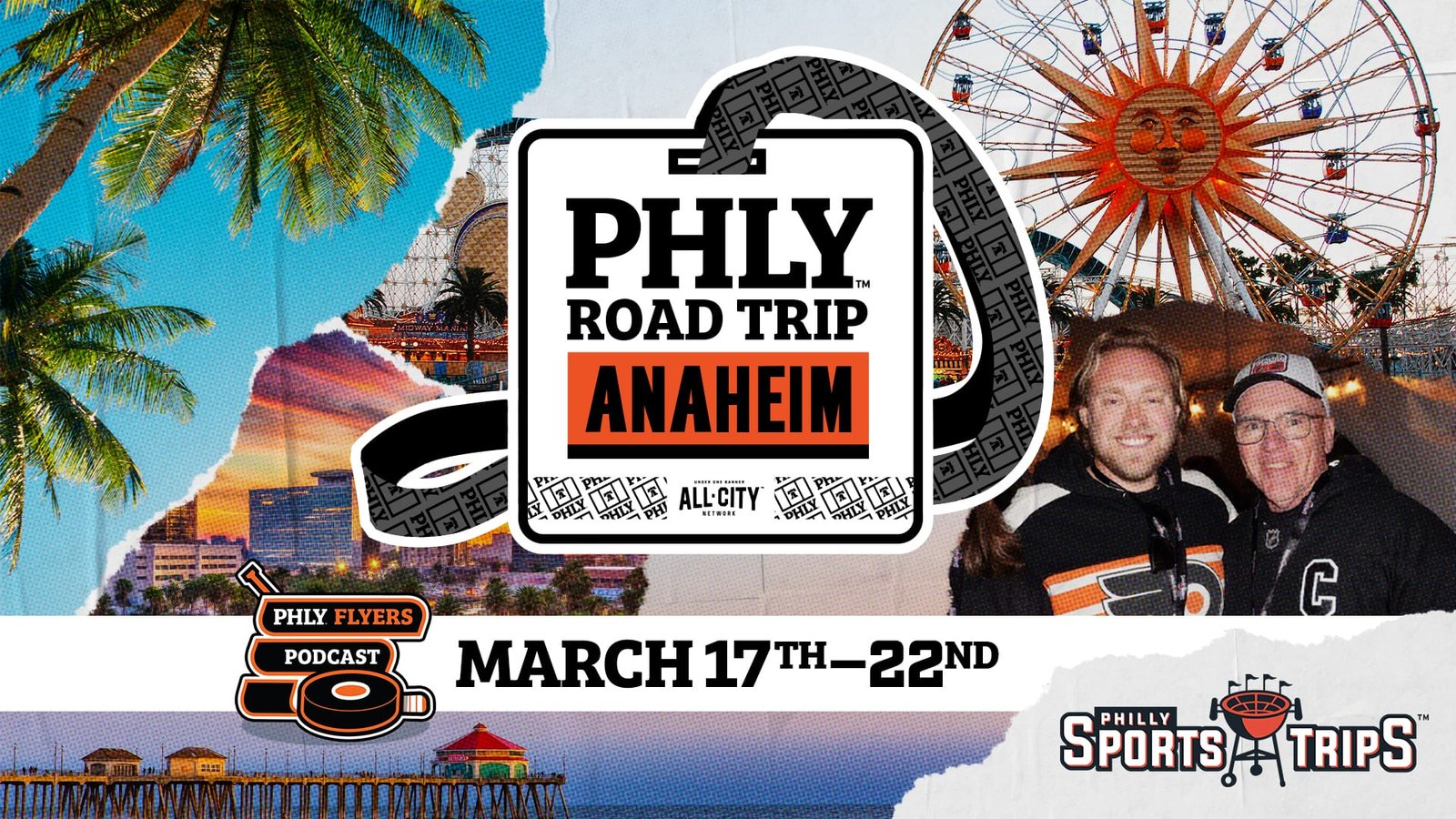
March 22, 2026
All day
For the Diehards- Fly West for the Ultimate Away Game Experience with John LeClair!
We’re heading to the West Coast for the Ultimate Flyers Experience with two games against the Anaheim Ducks at Honda Center and then the Los Angles Kings at Crypto.com Arena!
Join PHLY & Philly Sports Trips and Flyers Legend, John LeClair, for the ultimate road trip as we take our Flyers diehards cross-country to sunny California!
This trip is a must for Flyers fans of all ages. The trip package includes optional round-trip direct flights from Philadelphia to California, a 5-night hotel stay at the beautiful Sandbourne Santa Monica, meet and greet with Flyers Legend, John LeClair, group tickets to two games, Flyers watch party, and much more. Plus, Philly Sports Trips dedicated team of trip coordinators will be on-site ensuring you get the most of your experience. This trip will be a California vacation with a Flyers win to top it all off.
Game Information
The Philadelphia Flyers will take on the Anaheim Ducks on March 18, 2026 at Honda Center at 7:00PM Pacific Time. The following day, the Flyers will take on the Los Angeles Kings at Crypto.com Arena at 7:30PM Pacific Time.
Itinerary at a Glance
Tuesday, March 17 – Travel Day to California & Check-In to Hotel
Wednesday, March 18 – Meet and Greet with John LeClair & Game Day in Anaheim
Thursday, March 19 – Game Day in LA
Friday, March 20 – Free Day to Enjoy the Beach
Saturday, March 21 – Stay at the Beach & Flyers vs San Jose Watch Party
Sunday, March 22 – Fly home to Philadelphia
Travel Journals
Tom McKinney to take Radio 3 Breakfast listeners on a road trip across Gloucestershire and Somerset
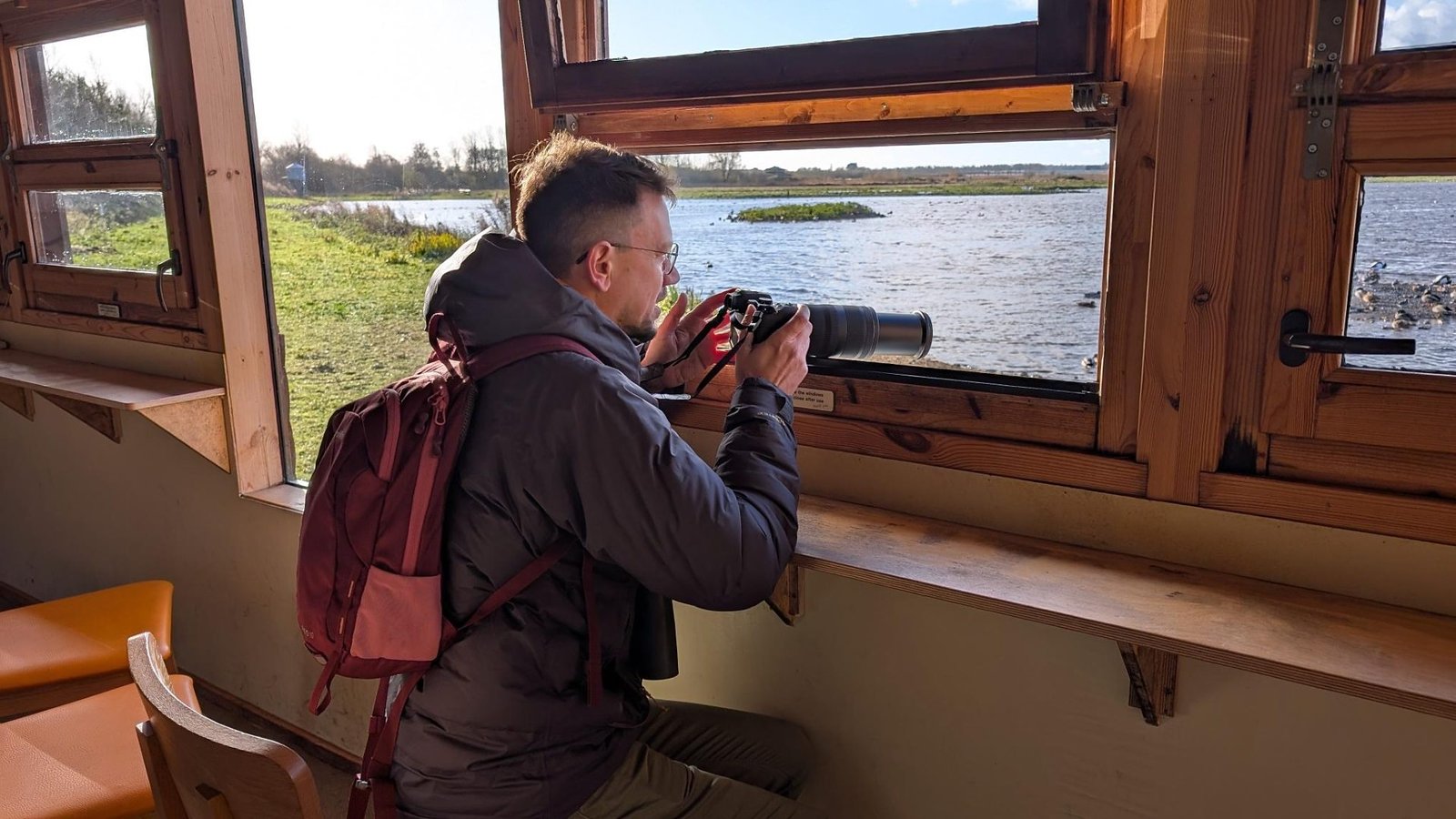
BBC Radio 3 Breakfast is on the road again this August, as Tom McKinney presents a week of live broadcasts, taking listeners on a journey through Gloucestershire and Somerset, culminating in a weekend of BBC Proms performances in Bristol.
Inspired by Tom’s passion for nature and birds, Breakfast presents its usual selection of the best music to start the morning, while visiting some of the most famous wetlands, forests and sites of cultural interest across Gloucestershire and Somerset. Live performances by local musicians and contributions from naturalists and historians help bring the journey to life, telling stories of the rich heritage of the area.
The road trip starts at Wildfowl & Wetlands Trust Slimbridge, on the River Severn Estuary, and continues to Westonbirt National Arboretum near Tetbury. The programme then travels to Bath with a broadcast from the city’s renowned Grand Pump Room, and then to the Bishop’s Palace & Gardens in Wells. One last stop in Tyntesfield – the Victorian revival country house and estate near Wraxall – heralds a weekend of BBC Proms performances at Bristol Beacon on Friday 22, Saturday 23 and Sunday 24 August.
Through the week, listeners join Tom on a canoe ride along the waterways in Slimbridge, a 13-metre-high treetop canopy walkway in Westonbirt, and a wander around the rooms and gardens at Tyntesfield estate. In Bath, Tom visits the Grand Pump Room – the city’s cultural and social heart for over 200 years – and composer and astronomer William Hershel’s house, where he discovered the planet Uranus. From there, Tom travels to Wells, exploring the 14 acres of gardens of The Bishop’s Palace (and encountering its famous bell-ringing swans) and the cathedral to discuss its rich musical history.
The week of live broadcasts from Gloucestershire and Somerset culminates in the BBC Proms weekend from Bristol Beacon, including five concerts, all broadcast on BBC Radio 3 and BBC Sounds: a collaboration between Paraorchestra and award-winning duo The Breath (22/08 – Beacon Hall); a live edition of Late Junction with presenter Verity Sharp (22/08 – Lantern Hall); the Danish National Vocal Ensemble with music by Bach, Ethel Smyth, Nielsen and more (23/08 – St George’s Bristol); Britten Sinfonia conducted by Tess Jackson, with violinists Zoë Beyers and Miranda Dale (23/08 – Beacon Hall); and an exploration of Italian composers with the Orchestra of Welsh National Opera (24/08 – Beacon Hall).
Previous Radio 3 Breakfast road trips have seen the programme travel through the North East of England, lough-to-lough across Northern Ireland and coast-to-coast through the Scottish Highlands, follow the Rivers Ure and Ouse to the Humber in Yorkshire, and journey along the River Severn from Wales into England and back. Breakfast has also come live from forests in Co. Down, Hampshire and Snowdonia.
Tom McKinney, BBC Radio 3 Breakfast Presenter, says: “I am very excited to present my first ever Breakfast road trip. Across the course of what’s set to be a very special week on Radio 3, I look forward to sharing gentle sounds of waterways, rustling leaves and morning birdsong with audiences at home, as well as discovering more about some of the area’s landmarks and musical traditions. This is shaping up to be a true feast for the ears!”
Sam Jackson, Controller BBC Radio 3 and BBC Proms, says: “Keeping up with Breakfast’s tradition of regular UK road trips celebrating local culture, history and nature, we are delighted to present a week of live broadcasts across Gloucestershire and Somerset, all leading up to a packed weekend of BBC Proms at Bristol Beacon. We invite listeners from across the UK to join us for what promises to be a glorious journey, enjoying the opportunity to experience the atmosphere of wetlands, forests and historical buildings as we begin the morning on BBC Radio 3”.
BBC Radio 3 Breakfast from Gloucestershire and Somerset will be live Monday 18 – Friday 22 August, 6.30-9.30am and available on BBC Sounds.
EC
Follow for more
-

 Brand Stories3 weeks ago
Brand Stories3 weeks agoBloom Hotels: A Modern Vision of Hospitality Redefining Travel
-

 Brand Stories2 weeks ago
Brand Stories2 weeks agoCheQin.ai sets a new standard for hotel booking with its AI capabilities: empowering travellers to bargain, choose the best, and book with clarity.
-

 Destinations & Things To Do3 weeks ago
Destinations & Things To Do3 weeks agoUntouched Destinations: Stunning Hidden Gems You Must Visit
-

 Destinations & Things To Do2 weeks ago
Destinations & Things To Do2 weeks agoThis Hidden Beach in India Glows at Night-But Only in One Secret Season
-

 AI in Travel3 weeks ago
AI in Travel3 weeks agoAI Travel Revolution: Must-Have Guide to the Best Experience
-

 Brand Stories1 month ago
Brand Stories1 month agoVoice AI Startup ElevenLabs Plans to Add Hubs Around the World
-

 Brand Stories4 weeks ago
Brand Stories4 weeks agoHow Elon Musk’s rogue Grok chatbot became a cautionary AI tale
-

 Brand Stories2 weeks ago
Brand Stories2 weeks agoContactless Hospitality: Why Remote Management Technology Is Key to Seamless Guest Experiences
-

 Asia Travel Pulse1 month ago
Asia Travel Pulse1 month agoLooking For Adventure In Asia? Here Are 7 Epic Destinations You Need To Experience At Least Once – Zee News
-

 AI in Travel1 month ago
AI in Travel1 month ago‘Will AI take my job?’ A trip to a Beijing fortune-telling bar to see what lies ahead | China











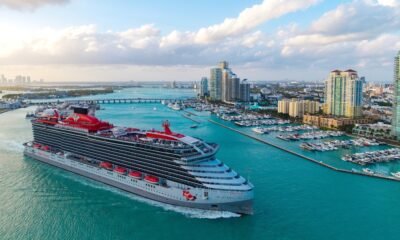

You must be logged in to post a comment Login